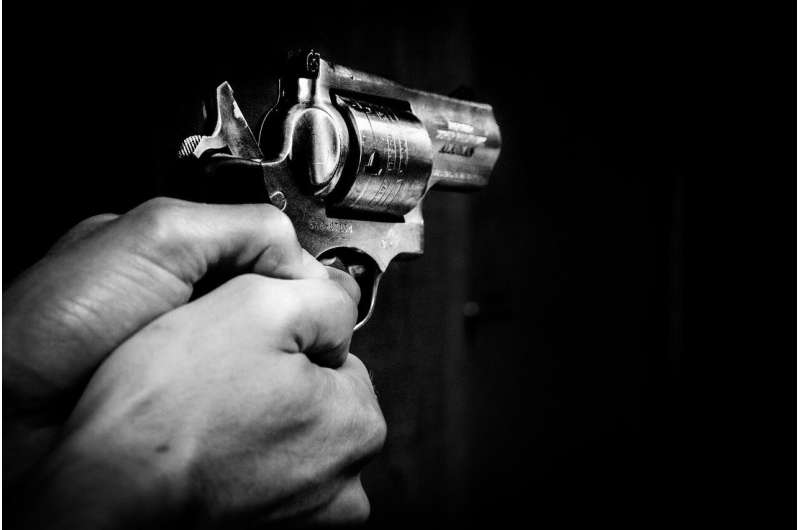
The epidemic of firearm injury and death in the U.S. is preventable, and the field of public health can offer practical solutions, argue Dr. Megan L. Ranney and colleagues in an opinion article in PLOS Global Public Health. Through harm reduction and community engagement programs, public health professionals, health care providers and community members can reduce the impact on individuals, families and communities.
Despite the attention school and public mass shootings in the U.S. gain, they make up a minority of U.S. firearm injuries and deaths. Most firearm deaths are from homicide and suicide: in 2021 four in every five U.S. homicide deaths were caused by firearms.
There is evidence from systematic reviews that some legislative policies, such as particularly safe storage laws, correlate with reduced injury and death. Yet legislation alone rarely solves a public health problem. Additional public health strategies offer some hope.
Harm reduction involves engaging people at risk and offering interventions without barriers. Safer storage of firearms, for example, has the potential to decrease firearm deaths from suicide or unintentional injury. This practice can be encouraged in a variety of ways, including individual-level counseling from healthcare providers—in the same way they would talk about bicycle helmets or access to medicines.
Collective, community-driven prevention efforts are also needed, particularly among at-risk populations. Firearm homicide is the leading cause of death for Black males aged 15–34, and Black men are 10 to 20 times more likely to be killed by a gun than their white counterparts. A community-based public safety collective is building capacity for research and advocacy to address community violence in Black and brown communities.
These and similar efforts could disrupt the U.S. crisis of firearm injury and death, but there must be substantial investment in research, people, programming, personnel, policies and infrastructure in order to shift culture away from this health threat of epidemic proportion.
Dr. Ranney adds, “Firearm injury is a public health epidemic with ramifications that impact all of us, as well as solutions that include, but are not limited to, policy changes. In order to end this uniquely American epidemic, we must apply a community-rooted, harm-reduction approach. This paper outlines solutions that are likely to be successful at reducing the alarming number of firearm injuries and deaths in the United States.”
More information:
Firearm injuries and death: A United States epidemic with public health solutions, PLOS Global Public Health (2023). DOI: 10.1371/journal.pgph.0001913
Journal information:
PLOS Global Public Health
Source: Read Full Article
